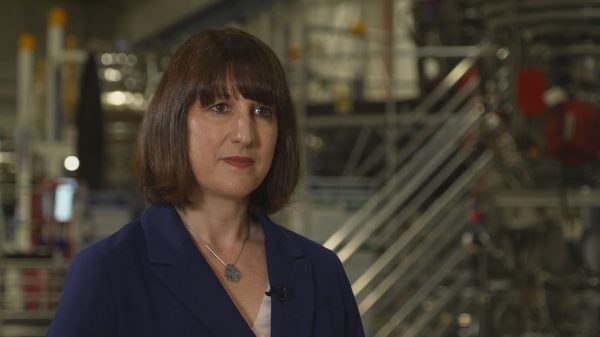Understanding the UAE’s Cloud Seeding Practice
The UAE has been employing cloud seeding since 2002 to address water security concerns arising from its arid climate, limited freshwater resources, and high water demand due to urbanization.
Causes of UAE’s Flash Floods
One of the most pressing questions after the recent flash floods in the UAE was what led to this catastrophe that submerged the Gulf state, including Dubai’s iconic skyline.
- Flights were canceled for safety reasons
- Schools remained closed
- Traffic disruptions occurred as roads were submerged
Cloud Seeding Technique
The deluge in the UAE was linked to cloud seeding, a weather modification method involving the dispersion of substances into the air to alter cloud properties and influence precipitation.
Common substances used for cloud seeding include silver iodide, potassium iodide, and liquid propane, which serve as nuclei for cloud droplets to form, enhancing condensation and promoting rainfall under suitable atmospheric conditions.
Cloud Seeding Operations
The National Center of Meteorology (NCM) dispatched seeding planes from Al Ain airport to capitalize on convective cloud formations. Specialist meteorologist Ahmed Habib stated that seeding operations to stimulate rainfall were carried out on specific dates.
Despite the cloud seeding efforts, the lack of adequate drainage infrastructure in many areas exacerbated the flood situation.
Response to Adverse Weather
In response to the adverse weather conditions, Dubai International Airport operations were briefly suspended, with ongoing flight disruptions. The UAE government issued warnings advising residents to stay indoors unless facing extreme emergencies.
















































